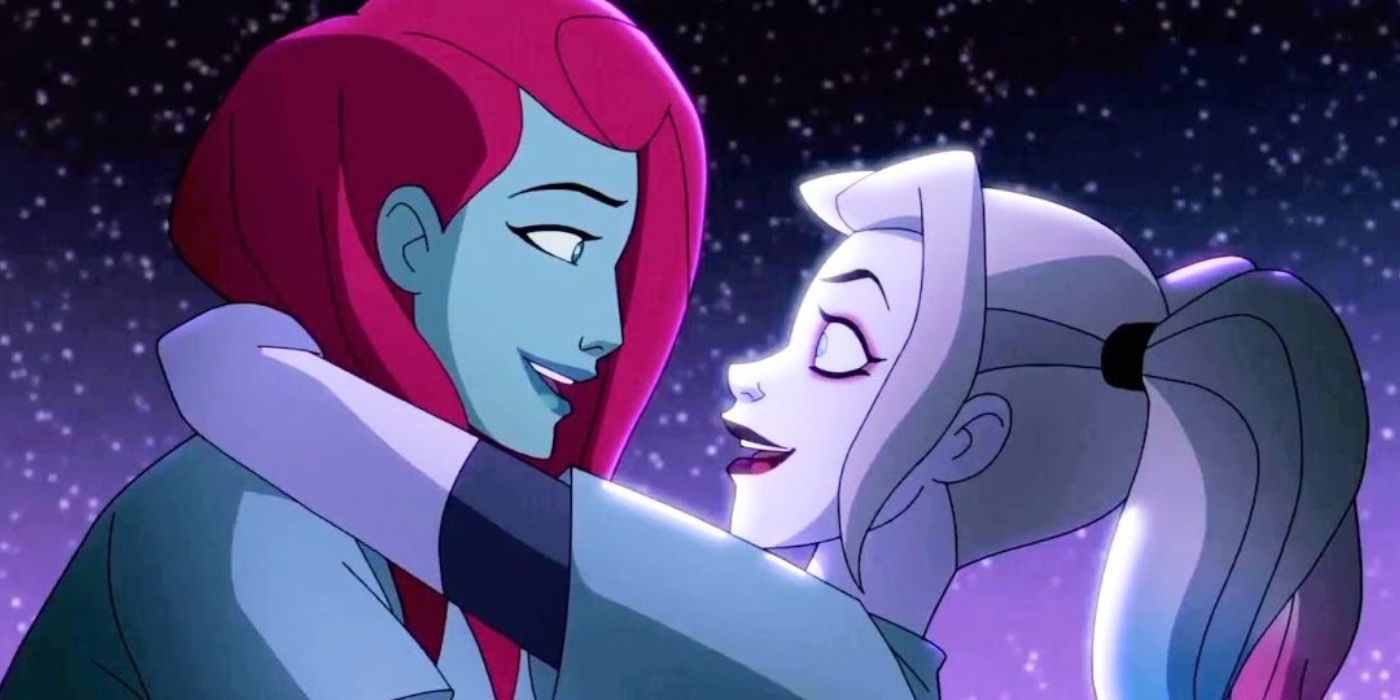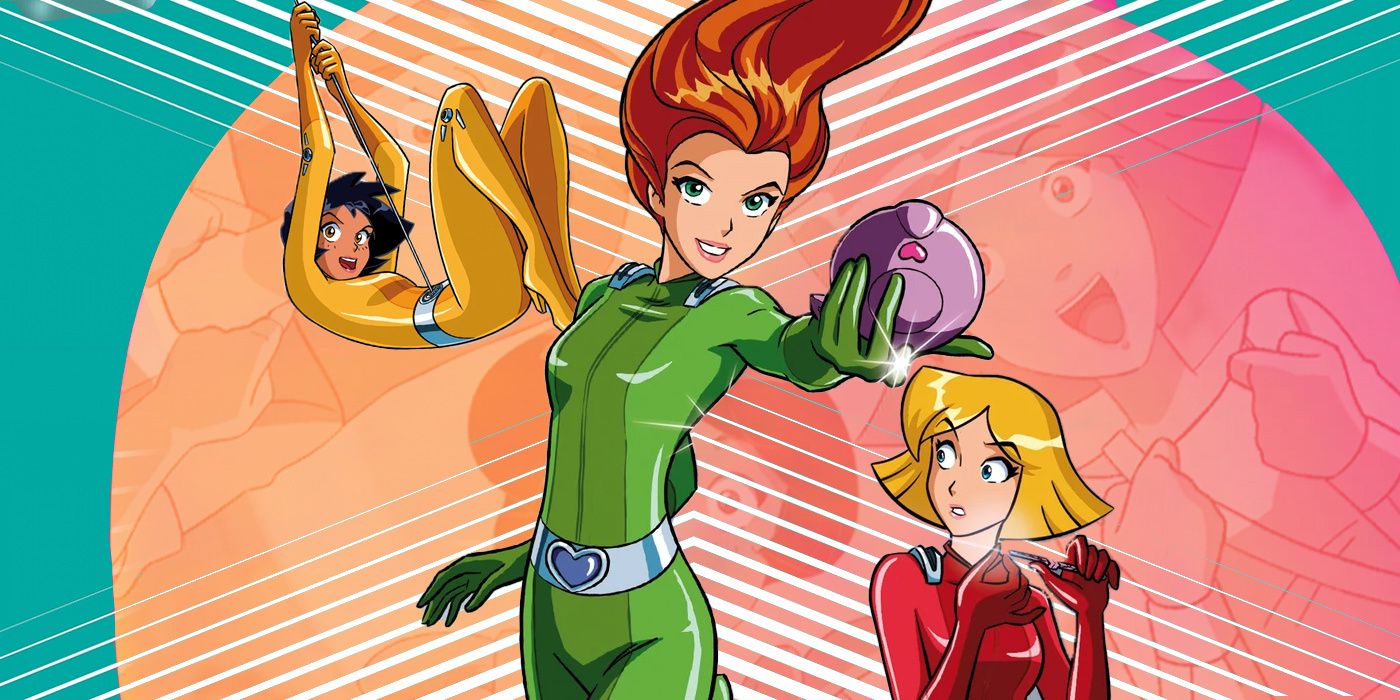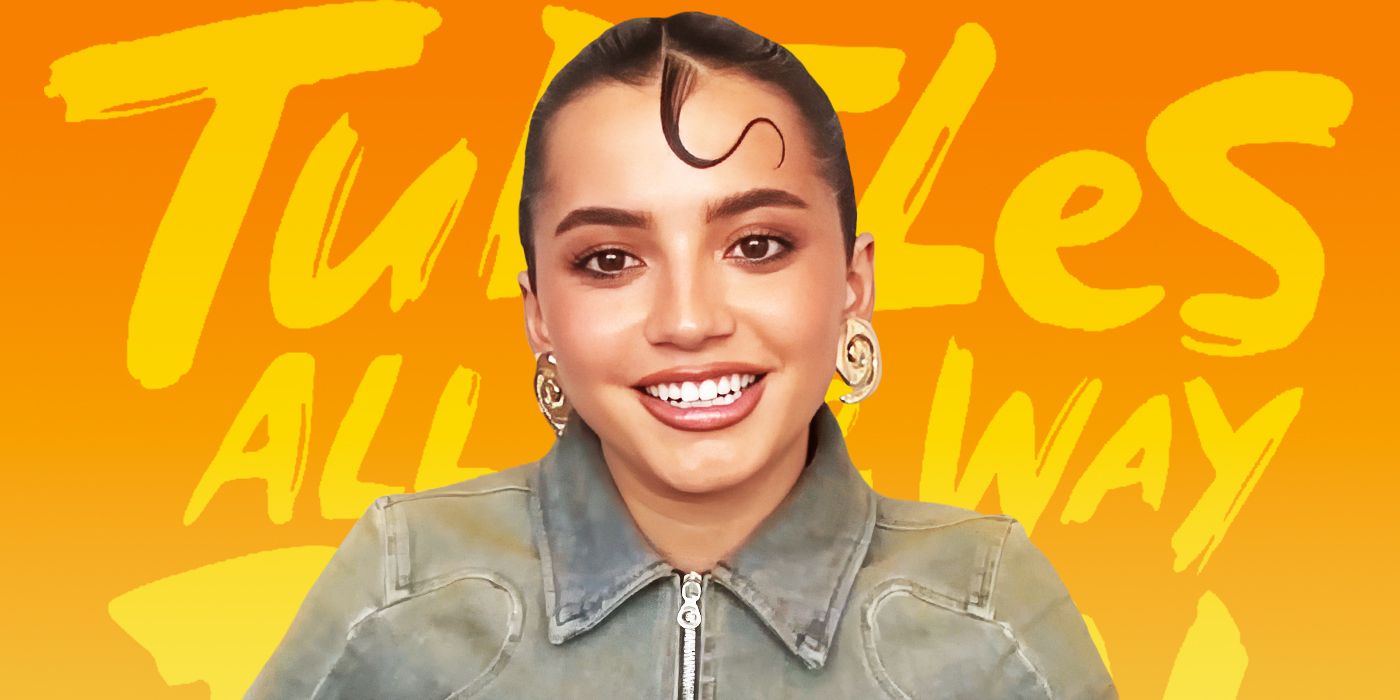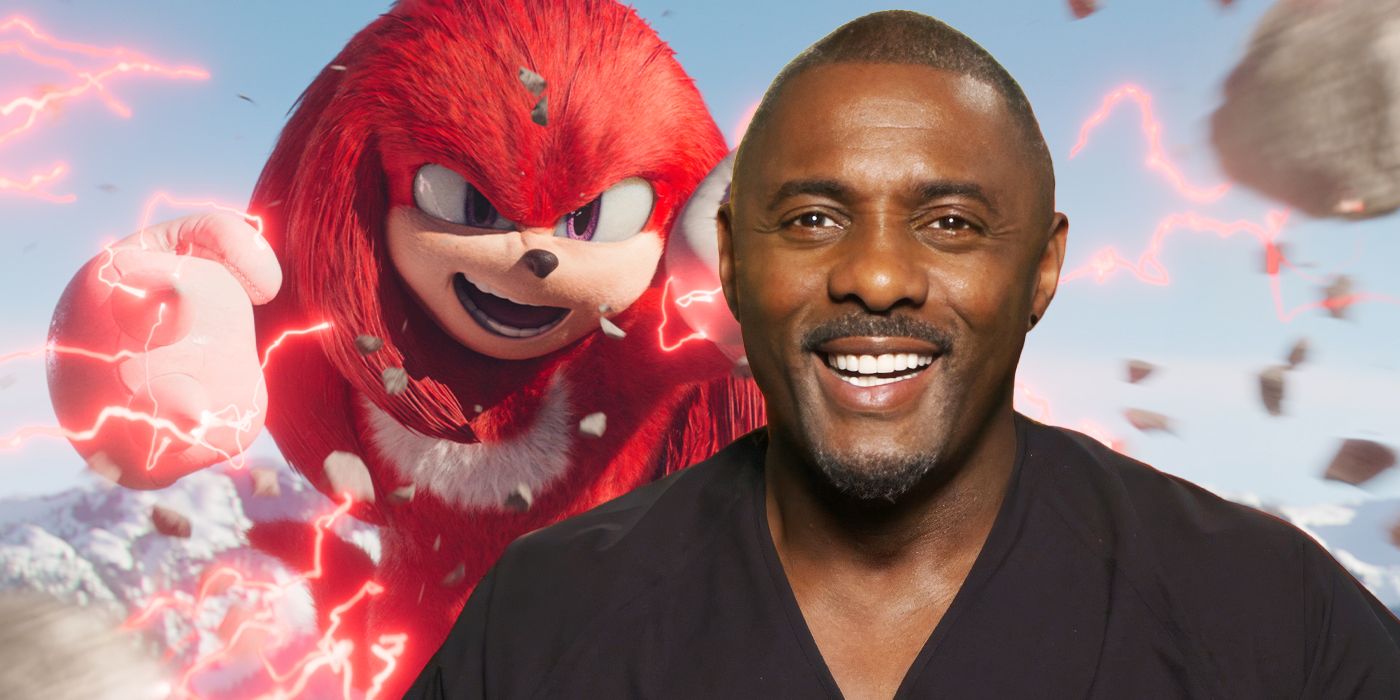Editor’s Note: The following contains spoilers for Harley Quinn Season 4.
Max’s Harley Quinn has delighted Batman fans over its four seasons and Valentine’s Day special since it first took to air in 2019. Following the breakout villain/antihero Harleen Quinzel (Kaley Cuoco) and her journey towards self-actualization, the series has blazed bold new trails in both the characterization of its titular figure and the world surrounding her. Now it looks like Harley Quinn is finishing up its fourth season with a bang — literally! While the course of the show has seen many deviations from the formerly accepted Batman mythos, the final moments of its penultimate episode saw a major comic book storyline played out onscreen with a fresh new dynamic. The Joker (Alan Tudyk) emerges from the shadows during a tender moment between Harley and Barbara Gordon/Batgirl (Briana Cuoco), shooting the latter through the base of her spine. It’s a cruelty ripped straight from the pages of Alan Moore’s classic Batman tale, The Killing Joke, one of the most influential Batman stories of all time.
The wider world of Harley Quinn has taken delight in dissecting and deconstructing the classic masculinity of Batman and making something at once more feminine, mature, and violent than its archaic source material. The adult animated action comedy series is not one to back down from shocking violence, mature themes, adult language, or serialized depravity, to its credit and impact. Riffing on a lore that spans over eight decades, Harley Quinn drags its source material into the modern age, much as Moore’s The Killing Joke did back in 1988, while offering more diversity, equity, inclusion, and representation. Add to that a more cynical temperament than is often allowed in the pages of comic books, and you’re left with a sandbox where practically anything is possible.
What is ‘The Killing Joke’ Comic About?
The Killing Joke is Moore’s definitive take on the psychosis of the Joker and its effect on Batman, Commissioner Gordon, and Gotham City. Out to prove that all it takes is “one bad day” to turn a normal man into a sociopath, the Joker arrives unceremoniously to the Gordon’s apartment and shoots Barbara Gordon, who has been masquerading as Batgirl, through the base of her spine. He strips her and photographs her writhing in agony, then leaves her bleeding on the floor. He kidnaps James Gordon and locks him in a cage at a carnival, where he displays him among the freaks. Joker subjects Gordon to the photographs of his daughter, hoping to drive the good cop insane. Batman arrives and puts a stop to the madness, taking the Joker in lawfully as per Gordon’s cry to “show him that our way works.”
Long hailed as a masterpiece, with the awards to prove it, The Killing Joke provides insight into the Joker’s creation as both a definitive origin story and an anecdote of his depravity. His conceit is a vile one, attempting to prove that no man is immune to the cackling call of lunacy. Its echoes can be seen in the third act of Christopher Nolan’s The Dark Knight, as the Joker (Heath Ledger) attempts to do the same to Harvey Dent (Aaron Eckhart), successfully so. It’s a story that demands retelling, especially since the maligned 2016 animated version so heavily divided fans.
Harley Quinn’s Introduction Into ‘The Killing Joke’ Shakes Things Up
Harley Quinn had no place in Moore’s The Killing Joke, as the character hadn’t been created at the time the story was written. Harley Quinn is a creation of Paul Dini and Bruce Timm for Batman: The Animated Series, premiering in the episode “Joker’s Favor” in 1992. Her look and sound were heavily influenced by the late Arleen Sorkin, who originally voiced the character. She quickly became a fan favorite and debuted in comics with her own origin story, also an award-winner, Mad Love. Since then, her meteoric rise in pop culture has been undiminished, with appearances in animated series, television shows, comic books, and movies. She’s set to debut in yet another incarnation for next year’s sequel to Todd Phillips’ Joker, Joker: Folie à Deux — this time played by Lady Gaga.
Cuoco’s take on the character has proved immensely popular, and the show has borrowed heavily from modern takes on her comic runs from groundbreaking writers Amanda Conner and Jimmy Palmiotti. Harley has evolved since the first episode, when her biggest accomplishment was seeing the Joker for the careless sociopath that he is, to blossoming into a true hero. It is through the friendship and tutelage of Barbara Gordon/Batgirl that Harley has discovered her authentic self, so to have Barbara gunned down in her arms has deep emotional resonance. While Moore’s story relegates the vengeance of Barbara’s fate to James Gordon and Batman, Harley Quinn’s continuity has sidelined both male saviors. Jim Gordon (Christopher Meloni) is a derelict drunkard driven mad by his own failures and Bruce Wayne/Batman (Diedrich Bader) is in prison for his involvement in haphazardly raising the dead, rather than dealing with the emotional trauma of losing his parents all those years ago. In this retelling, the girls are on their own.
This positions the series for a very exciting and bold take on this classic Batman tale. By latching onto Harley’s sisterly affections, as well as her inner guilt for the internalized conflict between her villainous past and heroic foray, the quest for vengeance is poised to be one for the ages. In a show that has proven it has no problem taking major players off the board to heighten tension and establish itself, we could very well see Quinn come full circle and fatally dispatch her old flame, the Joker. The show has already killed off major villains such as Scarecrow, The Penguin, Mr. Freeze, Mad Hatter, Professor Pyg, and even heroes like Nightwing, and celebrities like Howie Mandel and Billy Bob Thornton. The final episode of Season 4, entitled “Killer’s Block,” will determine the fate of Barbara Gordon (who may go on to become the hero Oracle), the limits of Harley’s vengeance, and the fate of the Joker. While no official word has surfaced if the show will venture into a fifth season, Thursday’s 10th episode of Season 4 may very well close the book on this iteration of Harley Quinn. If it is indeed the final chapter, one could do far worse than referencing a seminal work as impactful as The Killing Joke.
The Big Picture
- Harley Quinn Season 4 ends mirroring a major comic book storyline, Alan Moore’s The Killing Joke.
- The show has deconstructed the historic masculinity of Batman and his supporting characters, and offered more diversity and inclusion compared to its source material.
- Harley’s friendship with Barbara Gordon/Batgirl takes a tragic turn, leaving Harley seeking vengeance on her own.





